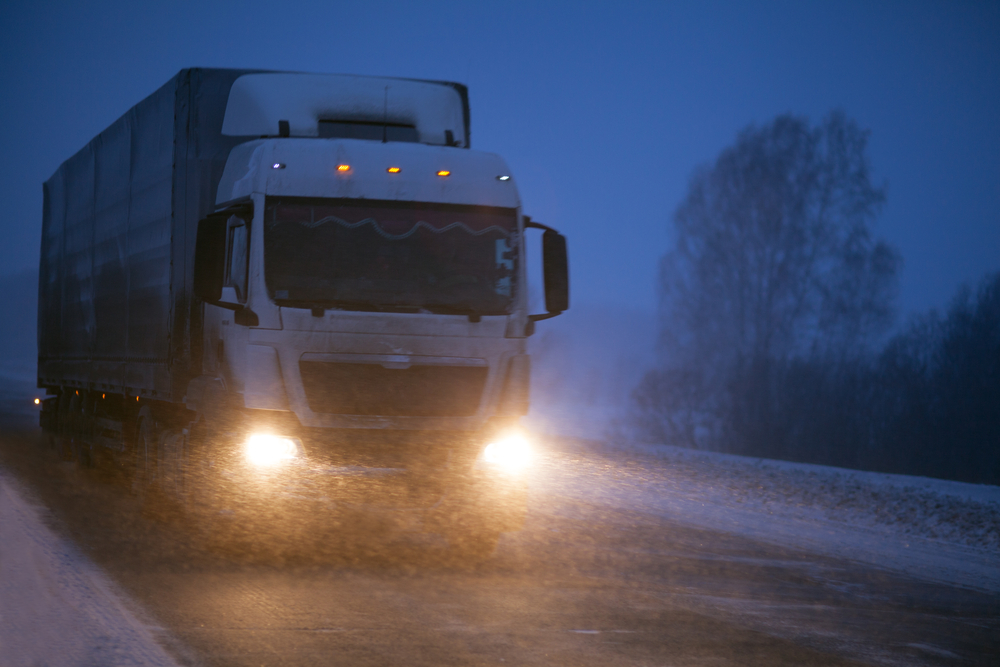Trucking’s a tough gig. Winter weather don’t make it easier. Even at a low speed, in a light vehicle, winter driving is no picnic, and all drivers need to careful during the cold months. But for truckers, plowing through snow and ice at highway speeds is a deadly daily routine.
Winter driving hazards are nothing new. You do this every year. It never gets easier, though, and reviewing common hazards and their solutions will help you stay on the road and stay safe.
Speed
Drive slowly in the winter. Lowering your speed is the single most important safety move you can make as a cold climate driver. No matter how experienced a snow and ice driver you are, you’re no match for the slick surprises mother nature leaves lurking on the paths out there. Snow and ice can be hard to see, and there’s no way you can judge thickness or slickness simply by eye. Slow down.
Keep Your Eyes Open
Be vigilant. A snowstorm is no time to put your mind on autopilot. Remember, one of ice driving’s biggest hazards is black ice—ice you can’t see. What you can’t see, you can’t prevent. You can, however, look ahead and see if other vehicles are sliding. You can keep watch for likely black patches—dark, shaded areas are common spots. Black ice works the same as any ice, so keep in mind that any area could be a death trap.
Watch For Other Motorists
No matter how good a driver you are, you can’t control everyone. All sorts of people are drivers, and many of them can be careless, stupid, selfish, etc. Don’t assume that just because you’re doing everything right that everyone else will be, too. And, of course, good drivers make mistakes too. So watch out for speeders, hairpin-turners, impaired drivers, and distracted motorists. When everyone’s on ice, one driver’s slip up can be everyone’s disaster.
Also keep in mind that other motorists are not riding in a big safe machine like yours. According to Craig, Kelley & Faultless LLC, semi-trucks running into smaller vehicles is a major problem on United States highways. Drivers of cars and other, more compact vehicles, are at a much greater death of death or serious injury than you are. Your common courtesy—recognizing the vulnerability of others driving accordingly—could save lives.
Prepare For the Worst
Again, even seasoned drivers can get into trouble. And in winter, even small accidents can turn into chilly emergencies without warning. A flat tire might be no big deal for most of the year, but if you get stuck on the side of the road during a northern Wisconsin blizzard, this minor setback becomes big bad news. Equip your rig with a fully stocked first aid kit, truck maintenance gear (spare tires, etc.), and winter supplies. You’ll need non-perishable food, plenty of water, and lots of warm clothes and blankets. Make sure your phone is charged whenever you venture out into the cold.







